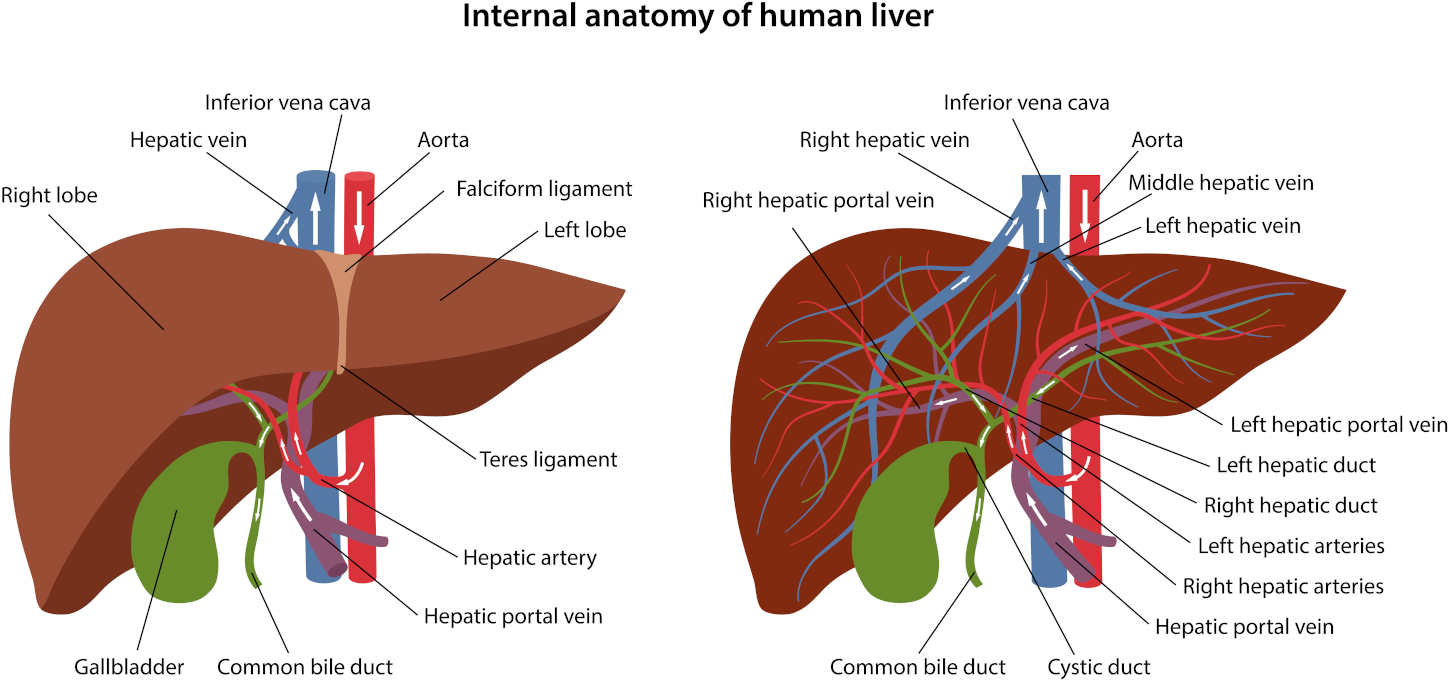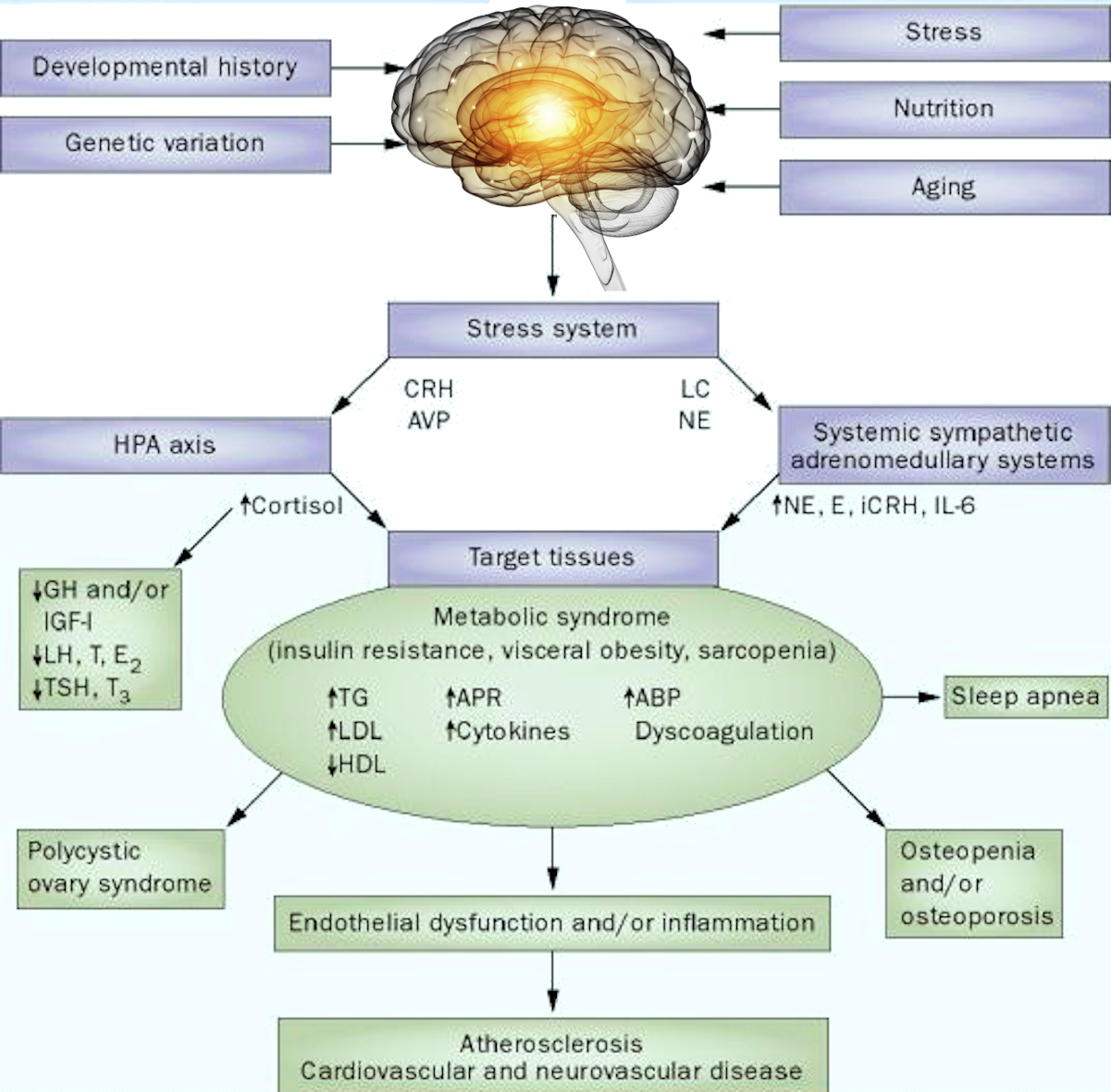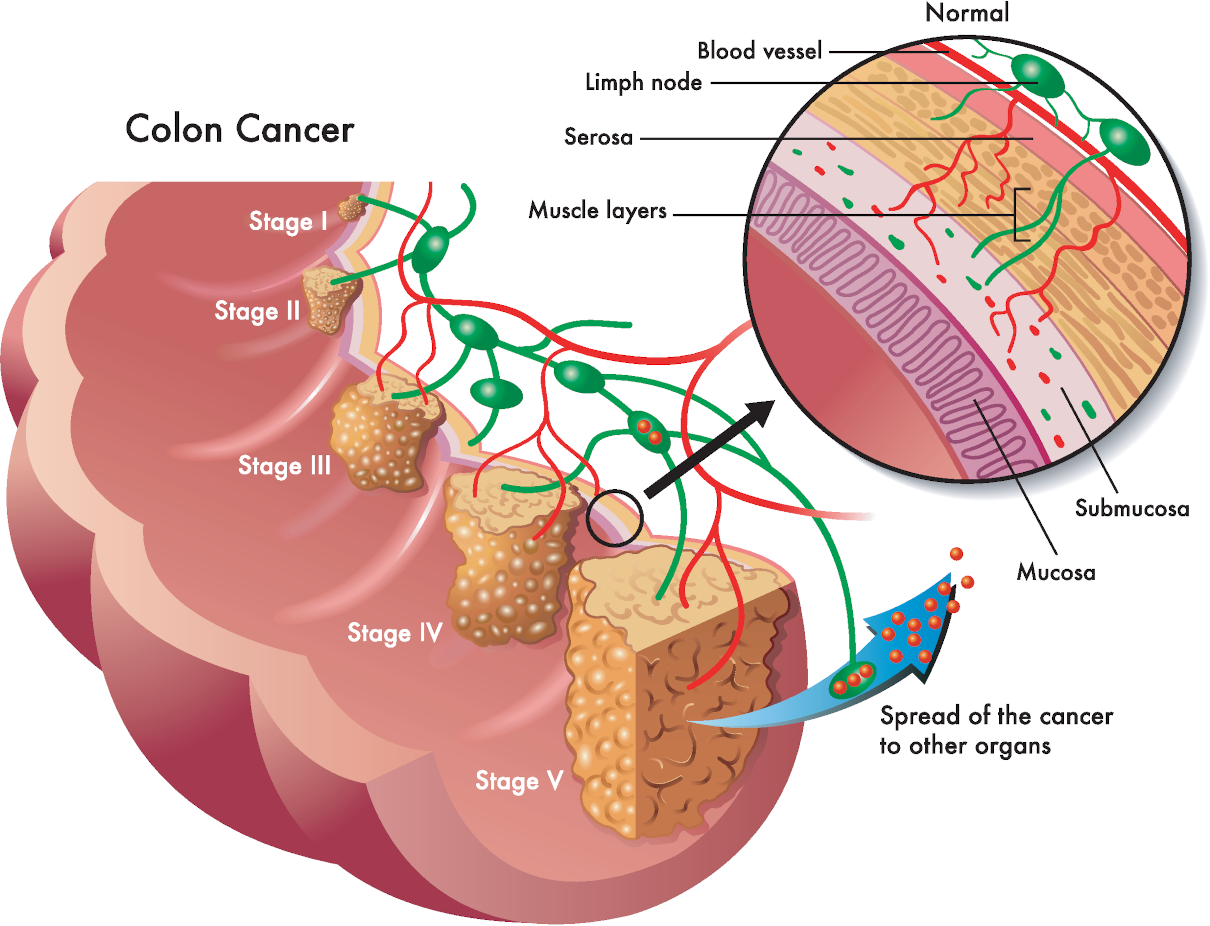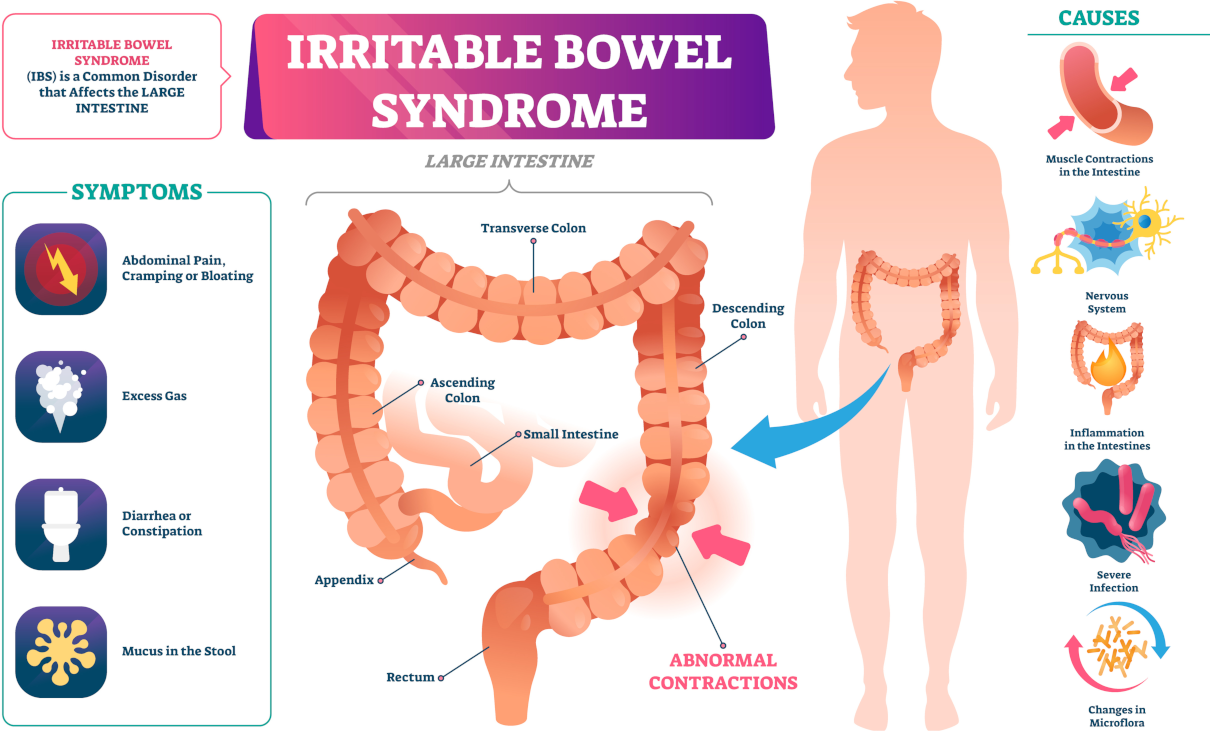Fibromyalgia and the DIFFICULTIES IN DIAGNOSING AND TREATING
Comments 0 21st December 2011 Blog, General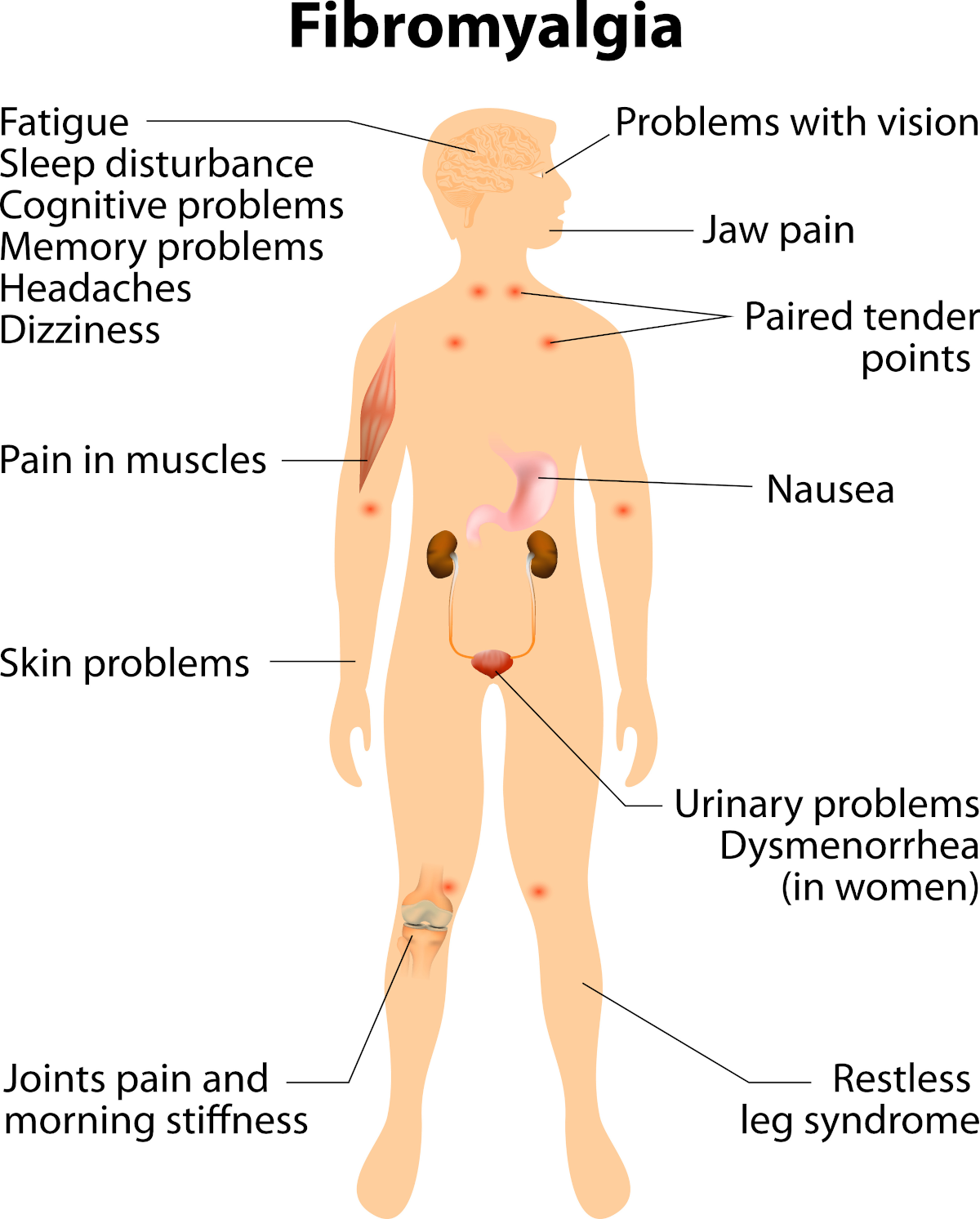
Fibromyalgia is a chronic disease characterised by muscle pain, fatigue, stiffness, and tenderness of the muscles, tendons and joints. Formerly known as fibrositis, fibromyalgia makes the pain threshold extremely low.
Those suffering from the disorder experience increased sensitivity to numerous sensory stimuli that may not be painful to others. Their pain occurs in what is known as “tender points”. These spots are generally at the back of the head and front of the neck. They are also on the shoulders, hips and knees, the sides of the breastbone and around the elbows.
Effect
But while the first result of fibromyalgia is pain, it can also produce other symptoms:
- tiredness after awakening,
- migraine and tension headaches,
- and disturbances in bowel functioning.
The causes of fibromyalgia are unclear. Many allergens and synthesised chemicals can regularly adversely affect the human endocrine system. Some researchers believe that increased liver toxicity related to such exposure may cause fibromyalgia. So, it develops because a dysfunctional liver will not adequately remove fat-soluble substances from the body. Those with such a condition are more susceptible to the accumulation of chemicals in their fatty tissue. As a result, it may lead to other ailments.

Mini Detox PLUS – 3 colonics, minerals, herbal & probiotic implants
The ideal pattern of colonic treatments includes three alkalising colon hydrotherapy treatments with sodium bicarbonate, one anti-parasitic implant on the first treatment, one liver and gall bladder stimulating herbal implant on the second treatment, and high strength probiotic implant on the third colonic.
Functioning fibromyalgia
Other possible precipitating factors are sleep disorders, especially since fibromyalgia has lower amounts of the brain nerve chemical serotonin. And improper functioning of their autonomic nervous system. Which is essential to controlling bodily processes such as digestion, stress reaction, and metabolism. That includes the operation of hormones and neurotransmitters.
Approximately 80 to 90 per cent of the sufferers are women. However, fibromyalgia can also develop in older women and older men. Statistics indicate that 30 per cent of those suffering from the disease lupus also have fibromyalgia, as do between 10 and 15 per cent of those with osteoarthritis. Fibromyalgia is even more prevalent among those who suffer from spinal and rheumatoid arthritis.
Blood tests or X-rays do not detect fibromyalgia, and biopsies of muscle tissue from the affected areas have also not proven helpful. Information gathered from physical examination and a careful patient history study creates a basis for diagnosing the disease. Diagnosis also involves eliminating other disorders that cause pain, including hypothyroidism, polymyositis, Paget’s disease, cancer and infectious diseases such as AIDS, hepatitis and Epstein Barr virus. Significantly, fibromyalgia commonly results in pain in 11 out of 18 classic tender points. Another tell-tale indication of the disease is the absence of swelling or inflammation accompanying the pain.

Bum only inside or outside waxing
Bum (only inside or outside) waxing removes hair in the buttocks. You’re welcome to visit our clinic and have waxing hair removal, which will relieve you from unwanted hairs in this delicate area for a long time, cleanly and accurately. 30 minutes
Treatment
The treatment of fibromyalgia should include input from the family doctor, a general internist, and other health care providers. It is equally important for patients to reduce their stress levels. Medications to treat the disease include analgesics to reduce pain and stiffness, such as nonsteroidal anti-inflammatory drugs such as aspirin, ibuprofen, naproxen, muscle relaxants, and anti-seizure medication. Tricyclic antidepressants, which can treat depression, are often associated with fibromyalgia. The Food and Drug Administration approved Pregabalin, the first to treat fibromyalgia.
Alternative medical treatments, including acupuncture and biofeedback, have also been effective in dealing with the disease.
Colon cleansing or colonic irrigation may be beneficial for people with fibromyalgia. But no matter what it is, any treatment should ideally use a “team” approach involving not only medical experts. But also community hospital support groups and local chapters of the Arthritis Foundation.

Food intolerance test of 208 ingredients
This one is our most comprehensive food and drink test. The test analyses your client’s IgG antibody reactions to 208 food and drink ingredients. This test will highlight their food triggers and help you formulate an IgG-guided elimination diet together.



